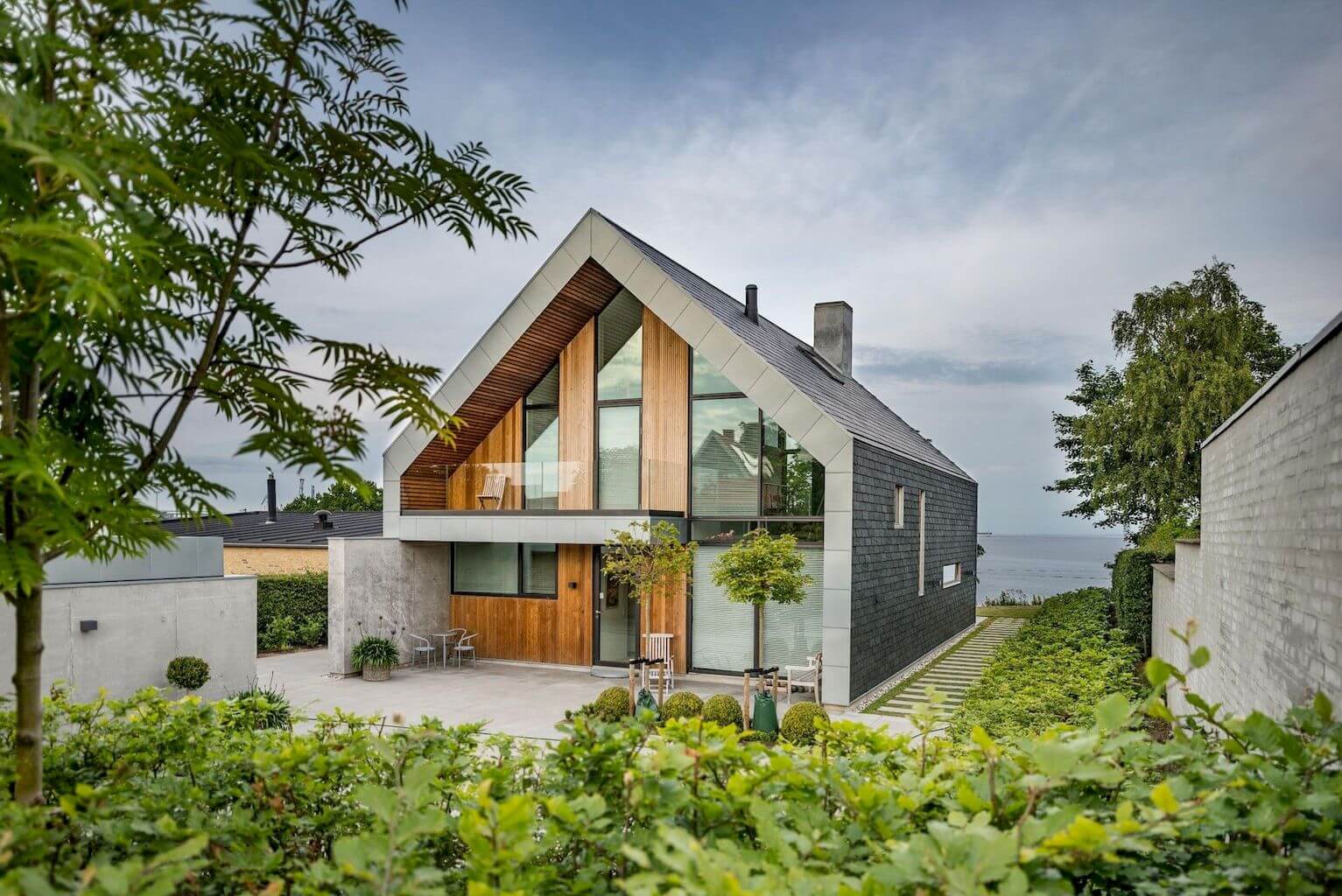Table Of Content
- Japandi interiors are open with clean lines.
- Japandi living rooms
- Are there any particular materials or colors that you like to use when designing industrial interior bedrooms?
- How to bring Japandi style into your home
- Australians cozy up to Japan-influenced 'Japandi' design
- Small Space, Big Impact: Maximizing Plant Use in Compact Interiors

I think it’s an understated approach to color, and it allows the beauty of the natural materials and design to take center stage. But wood is not just limited to furniture—it can be liberally used on walls and floors. Along with this, the style encourages users to bring in plenty of plants inside spaces.
Japandi interiors are open with clean lines.
Keck infused Japanese minimalism and Danish design, along with a touch of American crafts for the interiors of this home. Wooden floors, Danish furniture designs, Japanese pottery, and aspen wall cladding were used to create a home that feels very Japandi. Wabi-sabi is the Japanese art of embracing imperfection and appreciating the beauty in the natural world’s aging and decay. On the other hand, Japandi is a hybrid design style that melds Japanese minimalism with Scandinavian functionality where each element is thoughtfully curated and serves a purpose.
Home Tour: A Japanese-inspired apartment in Singapore designed by KNQ Associates - Tatler Taiwan
Home Tour: A Japanese-inspired apartment in Singapore designed by KNQ Associates.
Posted: Tue, 06 Jun 2023 07:00:00 GMT [source]
Japandi living rooms

From bold to elemental, discover the color and style that speaks to you. Located in the up-and-coming neighbourhood of Tomigaya, an area filled with stylish young families, independent boutiques and small cafes, the hotel is named after one of Tokyo’s green spaces. A popular destination during cherry blossom season and in the autumn, when its zelkova trees turn red, Yoyogi Park is right at the hotel’s doorstep. All of the property’s accommodation – 20 rooms and five suites – come with terraces, some of them directly overlooking the park.
Are there any particular materials or colors that you like to use when designing industrial interior bedrooms?
Hilliard explains, "Japandi design is focused on clean lines and minimalist design, and heavily features natural materials. It incorporates elements of Scandinavian design but tends to be a more rustic, darker look." Japandi style (Japanese and Scandi) refers to a fusion of traditional Japanese and Scandinavian styles, both of which are centered around simplicity, natural elements, and comfort. Below, you will learn more about Japandi design's origins and key characteristics, so that you can introduce this increasingly popular aesthetic into your own home. Wood is a plentiful raw material in both countries, and this is reflected in home furnishings and décor. "Raw materials are very in line with Japandi; things like the use of wood is a major theme throughout, and playing around with different types and stains to add tonal interest is a signature to the design," says Wong and Gunawan.
How to bring Japandi style into your home
“Wabi-sabi originated in China, but evolved seven hundred years ago into a Japanese ideal,” she writes. Norm Architects derived inspiration from both Scandinavian and Japanese design to create this workspace for Kinfolk magazine in Copenhagen. Wood, plaster, and glass were used to create an open and harmonious space, where people can move about freely. Muted and somber tones added a minimal touch, making the space feel less formal and more comforting.
Muted color palette
It creates a connection to nature which is a key aspect of your Japandi house style. If you’re lacking in a range of materials and textures, you can add some Japandi artwork to bring out these natural elements, from sculptures to fabrics and paintings. So, think streamlined cabinetry, open shelving, and clean, spacious countertops. Striving for the perfect equilibrium, Japandi creates spaces that feel just right—neither too much nor too little, but just right.
What is Japandi Style? Here's How to Create the Aesthetic In Your Home - VICE
What is Japandi Style? Here's How to Create the Aesthetic In Your Home.
Posted: Fri, 26 Aug 2022 07:00:00 GMT [source]
"The design team revitalized the existing archway through thoughtful finishes, incorporating porcelain tile that mimics the look of thin wood slats—embodying the minimal, natural aesthetic of the style,” she explains. Consumers are using the natural beauty of wood in interiors to lead the way, including in unexpected ways like teak kitchen fixtures. Harper adds, "For years now, wood cabinets and vanities have taken a back seat to white, black, and even color, but we'll begin to see more wood being leveraged." "Fusing some of the most sought-after elements of Japanese and Scandinavian aesthetics, a Japandi style brings a sense of serenity and harmony to any home," says London design duo Black & Milk. "A Japandi style in design helps to create a spacious feel and calming ambiance, a welcome respite from the chaos of the external world." While Pantechnicon's interiors are pared-down, plenty of wood detailing gives the space an inviting feel, and lantern-like lights and green plants have been added to soften the minimalist aesthetic.
"Using natural textiles, and elements like hemp and rice straw—textiles that are easy to clean and comfortable to the touch," says Wong and Gunawan. And that’s welcome at a time when many more of us are working in our homes, which means spending more time there. We're craving a functional yet peaceful environment and Japandi style answers that need. The lime-washed grey walls in the kitchen create a stone-like aesthetic, which is common in Japanese design. The entryway embraces the natural comfort found in Scandinavian design.
Small Space, Big Impact: Maximizing Plant Use in Compact Interiors
This is the latest lookbook in a series providing visual inspiration for interior designers and design lovers. Previous lookbooks in the series have showcased plant-filled offices, calm living rooms and interiors made from biomaterials. Petersen loves how Japandi style adds depth to the bright, clean Scandinavian “hygge”-influenced canvas (next-level coziness that causes you to feel contentment).
Japandi styles feature beautiful craftsmanship with a focus on quality and handmade pieces over throwaway, cheap structures. "Pieces can have dual purposes like banquettes that can also act as a place to take a nap or a custom futon that folds into the ground for additional living space," says Wong and Gunawan. A bedroom designed by Wijaya includes a traditional paper fan as wall decor.
The origin of this style dates back to when the Danish designers and creatives began traveling to Japan, the moment the 220-year-old closed-border policies were finally lifted. At that time, their designs started getting influenced by this enigmatic and fascinating new oriental aesthetic. Japandi is a fusion of traditional elements and philosophies, so there are distinctions when separating it from Japanese and Scandinavian-based design. Feng shui has many rules, even pointing you in the direction to place your bed, but Japandi isn't entirely hard-pressed to stick to the rules.
Custom furniture made of locally sourced oak tie the interiors to the outdoors. Stephen Proctor, the owner of a Japandi tiny home, perhaps expresses the meditative quality of the style best. "I previously spent time with Japanese-American artist Makoto Fujimura as well as Keiko Yanaka, a Japanese tea master apprentice," he says. "Between Makoto's ‘slow art’ and Keiko’s tea ceremonies, I’ve been on a journey of learning to be. I wanted my space to reflect this contemplative posture as a place of peace."











